Charles Skorina & Company
● RETAINED EXECUTIVE SEARCH ●
Our clients: visionary families, transformative nonprofits, Wall Street trailblazers
Our vision: build investment preeminence, create opportunity, enrich lives
Our work: provide talent, access, relationships, and insights
LATEST NEWSLETTER
“People don’t know what they want until you show it to them.” — Steve Jobs
The late David Swensen, Yale’s formative chief investment officer, found value in dark corners, those unknown managers and overlooked opportunities Heather Gillers referred to in a recent WSJ article. But there hasn’t been much new in money management since Mr. Swensen wrote the playbook.
Whether non-correlated, factor-based, or managed TPA, when we do our ten-year return studies most institutional portfolios look and act the same.
So, here’s a question. If most investment managers think alike, what’s to keep AI and algorithms from taking their jobs?
Barter to Bitcoin
Disruptive technologies and blockbuster products, computers and ETFs, come around maybe once every fifty years, so the time seems ripe for the next big thing — those creative convulsions Professor Clayton Christensen warned about.
Here’s a piece that caught our eye, an excerpt from an article on AI, crypto, and seismic change by Caltech grad and tech founder Ryan W. Sinnet, PhD. A vignette about horses.
In 1920, America reached peak horse: 25 million animals powering the nation’s economy.
But the end had already begun in the cities. In 1910, New York City housed 128,000 working horses, according to the NYC Department of Records. They pulled carriages, delivered milk, hauled freight.
Every morning, thousands of horses trudged through Manhattan streets, their iron shoes striking cobblestones in a rhythm that had echoed through cities for centuries. Smart money owned stables, carriage companies, hay distribution networks. The horse industry wasn’t just big—it was civilization itself. Unthinkable to replace.
Yet by 1920—even as rural America reached peak horse—New York’s horse population had already collapsed to 56,000, more than half gone in a single decade. The transformation was already accelerating.
By 1912, New York City had 38,000 motor vehicles on its streets, and the automobile age had clearly arrived. By 1917, the last horse-drawn trolley made its final trip.
The entire ecosystem that supported horse labor—stables, blacksmiths, harness makers, feed suppliers, auction houses—didn’t evolve or adapt. It vanished. The 25 million horses that powered America in 1920 plummeted to just 3 million by 1960.
Those horses never came back.
Relationships matter
Chatbots, robo-advisors, Zoom, and the cloud are now obligatory parts of the financial landscape. Generations born in the internet age seem fine without the human touch as long as their assets are globally accessible, secure, and earn enough to pay the bills.
But that’s on the retail side. These “digital natives” may be inured to “Tilly Norwoods” and “Schwab Intelligent Portfolios,” but how about foundations, endowments, and UHNW families with large diverse holdings? Might they still want a human at the helm? Someone who “understands their needs and speaks to their sensibilities” as Ken Tsuboi, chief investment officer at McMorgan & Company describes constructive client engagement.
Successful wealth stewards embrace the goals, aspirations, lifestyle preferences, and risk tolerances of their clients. Kathryn George, Partner, Brown Brothers Harriman points out that “Wealth is never just about money. It’s intimately intertwined with relationships – between generations, between values, and between expectations.”
We tallied a record high $4.865 trillion dollars in outsourced assets In our last OCIO report. Rich Nuzum at Franklin Templeton counts the “rise of private market alternatives; the global war for in-house investment talent; the data, digital and technology arms race; and the increasing number of asset owners questioning the need to manage investments in-house” as major factors driving growth.
Funds and families with two billion or more may have the means to field internal investment capabilities, assuming they have the time and patience to build, staff, monitor, and maintain such a business. But for those with less regal sums, outsourcing the complexities and risks to professionals they trust is an effective way to keep their commitments and secure their legacy.
Final thoughts
According to Altrata’s World Ultra Wealth Report 2025 “the total net worth of the UHNW class rose by 6.7% to $59.8tn at the end of June 2025 (and by 11.6% in 2024) – a figure double that of the annual GDP of the US.”
That’s encouraging. After all, managing money is one of America’s key competitive advantages. And we recruit the managers who manage the money.
And yet . . . I can’t help but worry.
“Not because AI does everything better, but because it does enough things cheaply enough that the economics become undeniable” as Dr. Sinnet contends.
About twenty years ago, I had lunch with the EVP of Equities at a major west coast mutual fund company. A fellow University of Chicago grad, he was smart, savvy, and successful, but the lunch ended on a sour note when I remarked that Index funds and ETFs might be a problem down the road for the full-load fund business. Right comment, wrong company.
“I obviously had no idea what I was talking about,” he snapped. “These ETFs are a gimmick with a niche future at best. Clients want the human touch and always will. And they will always pay for it.”
Not so long after our lunch he left the firm – retired early I heard – and that giant fund warehouse has had a bumpy ride since.
As Andy Grove, the former CEO of Intel used to say, “only the paranoid survive.” Me? I keep looking over my shoulder.
— Charles Skorina
Read More »NEWS AND COMMENTARY
ABOUT
SKORINA IN THE NEWS
2-19-25 Institutional Investor: Most endowment returns aren’t high enough to cover universities’ costs
11-15-24 Institutional Investor: Nokia taps mercer to navigate evolving corporate pensions
5-7-21 BloombergNews: Yale Names Alex Banker Interim Endowment Chief, Plans Search
5-6-21 The New York Times: David Swensen, Who Revolutionized Endowment Investing, Dies at 67
5-6-21 Forbes: Yale Endowment Chief David Swensen Leaves Legacy of Top College Investment Leaders
CHARLES A. SKORINA & COMPANY works with leaders of Endowments, Foundations, and Institutional Asset Managers to recruit Board Members, Executives Officers, Chief Investment Officers and Fund Managers.
Mr. Skorina also publishes THE SKORINA LETTER, a widely-read professional publication providing news, research and analysis on institutional asset managers and tax-exempt funds.
Our Practice:
• We recruit Board Members and Executive Officers, Chief Investment Officers and Senior Asset Managers.
• Our research and analytics are backed by over thirty years of hands-on recruiting experience and an unrivaled personal network.
• We collect performance, compensation, and background data on most senior institutional investment professionals in the U.S. and the funds they manage. We analyze that data to construct profiles of those managers and their funds, identify best-in-class people, and map their career trajectories.
• We share our research and insights in a widely-read professional newsletter – THE SKORINA LETTER – and website – www.charlesskorina.com.
• The New York Times, Wall Street Journal, Bloomberg, Thompson Reuters, Financial Times (Fundfire), Institutional Investor, Pensions & Investments, Private Equity International, and the institutional investment community use our research and analysis. Skorina has been interviewed on chief investment officer compensation issues on Bloomberg TV.
• Our work is regularly re-printed in Allaboutalpha.com and other industry magazines, blogs, and third- party web postings.
• We focus specifically and effectively on the world we know: Board members and Executive Officers, Chief Investment Officers, and Senior Asset Managers at institutional investment firms and funds – including sovereign wealth funds, endowments, foundations, pension funds, banks, investment banks, outsourced chief investment officer firms (OCIO), and sell-side money managers.
Prior to founding CASCo, Mr. Skorina worked for JP MorganChase in New York City and Chicago and for Ernst & Young in Washington, D.C.
Mr. Skorina graduated from Culver Academies, attended Michigan State University and The Middlebury Institute of International Studies at Monterey where he graduated with a BA, and earned a MBA in Finance from the University of Chicago. He served in the US Army as a Russian Linguist stationed in Japan.
Charles A. Skorina & Co. is based in Tucson, Arizona.


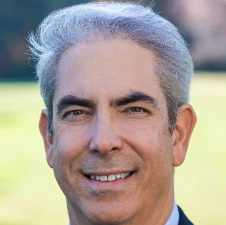
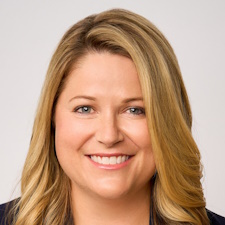
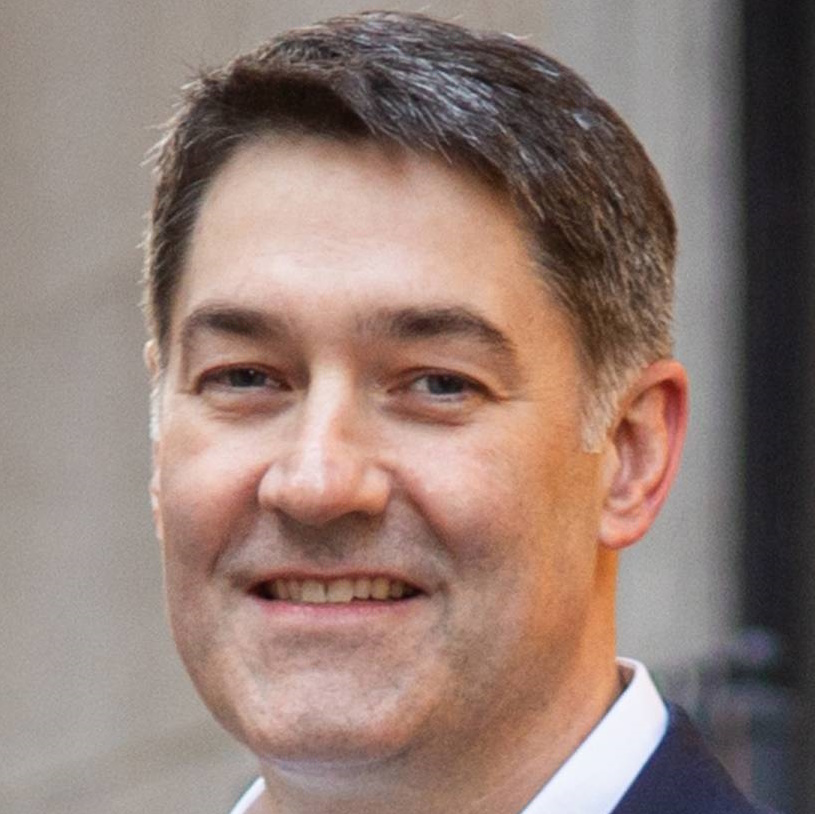
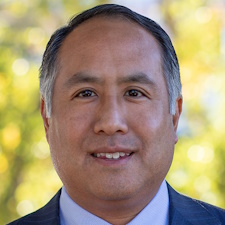


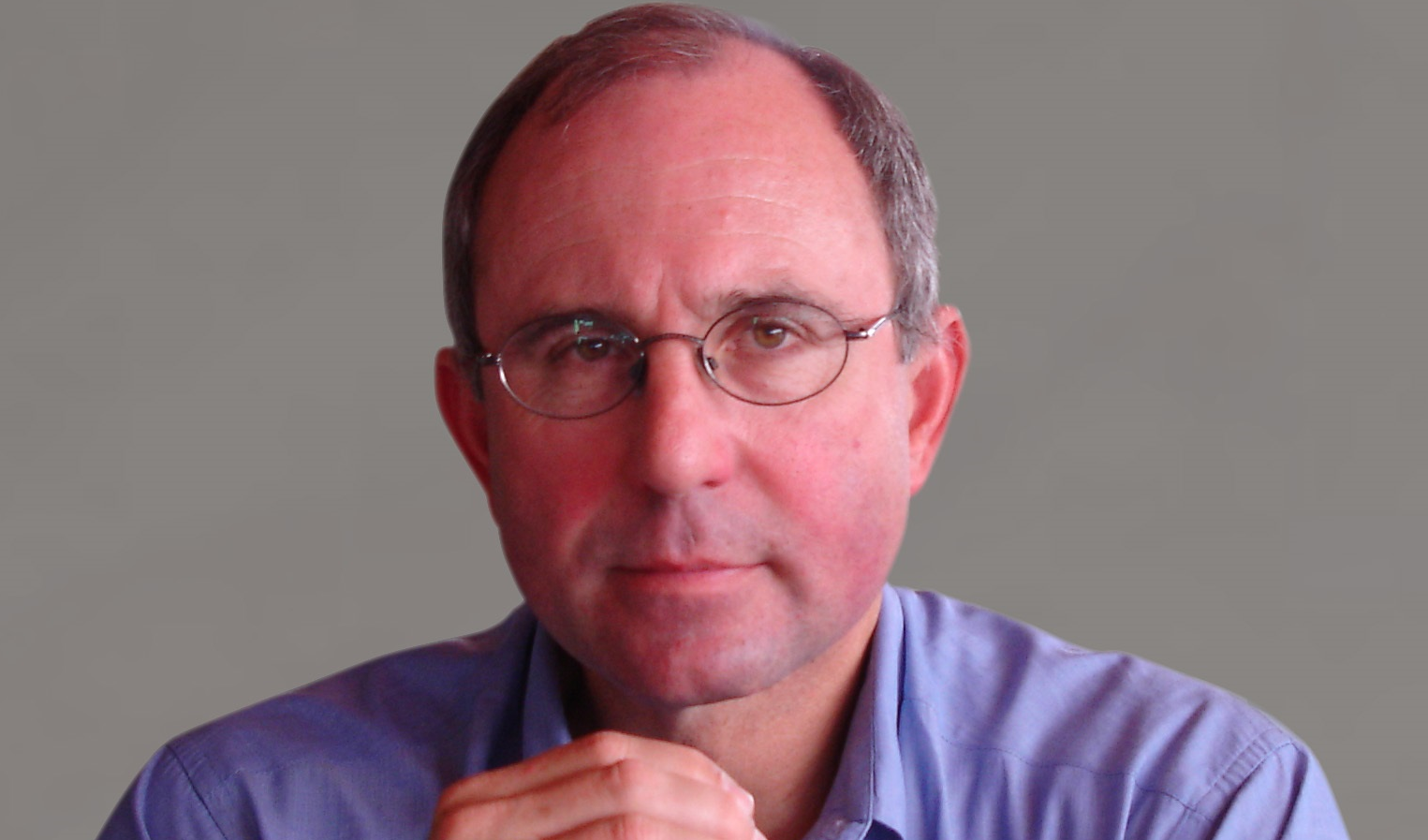

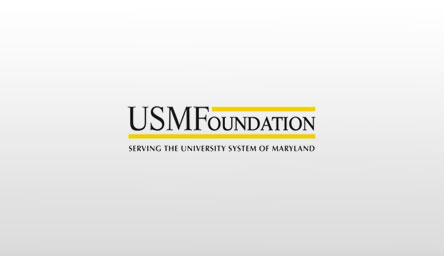
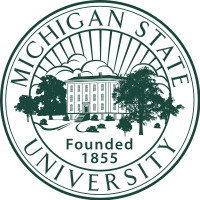
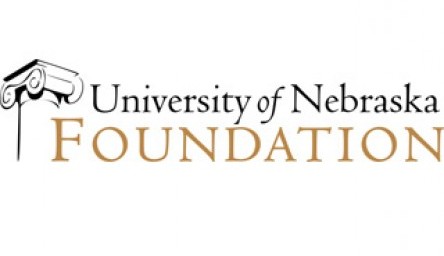
Pay and Performance at Private Foundations
What’s worth doing is worth doing for money. — Gordon Gekko (Michael Douglas) Wall Street
What do investment professionals earn at nonprofit institutions? We recruit these executives for a living, so we avidly track their pay and performance.
In this letter we highlight the compensation of one-hundred twenty-eight chief investment officers and staff at private US foundations and tie their pay to five-year performance.
Our goal is to give boards, CEOs, and CIOs a useful set of benchmarks as they consider what to pay their investment executives.
FoundationMark
As always, when it comes to foundation research we draw on the impressive data set from our good friend John Seitz, CEO of FoundationMark.
We think his research and rankings are excellent companions to our pay and performance studies, of interest to asset owners and all purveyors of investment products and services.
The Business of Philanthropy
While college endowments garner most of the media attention, foundations embrace a much larger market, both in numbers and assets.
Over the last thirty years the number of foundations has tripled from about 40,000 in 1995 with assets of $373.4 billion to nearly 120,000 holding $1.6 trillion today. One report puts total nonprofit assets at over $8 trillion dollars.
By comparison, the 2024 NACUBO-Commonfund Study of Endowments lists 658 U.S. colleges and universities and affiliated foundations with $873.7 billion in assets.
Nonprofits are major employers in almost every state. Did you know that:
(How does foundation pay compare to Wall Street money, you ask? These Heidrick & Struggles comp surveys on alternative asset managers and private equity professionals suggest it’s a toss-up.)
Performance
Unlike academia with its traditions of open access and publish-or-perish, foundations have no impetus to reveal or publish much of anything, particularly investment data, and few do, less than .01%.
As Professors Matteo Binfare and Kyle Zimmerschied found while drafting a paper on foundation investing: “There is little research to date on the investment performance of private foundations.”
Undaunted, Mr. Seitz and staff have developed a system which tracks and estimates the investment performance of most foundations in the nonprofit universe. But please keep in mind that these numbers are estimates based on 990 data, not public pronouncements from the foundations.
Moreover, there’s a long lag – a year and a half to two years – before compensation data is publicly available. Hence, the comp numbers in our table are mostly as of December 31, 2023, with a handful from March and June 2024.
Pass the gravy
Charity often comes down to semantics.
Large private foundations pay their employees well, and for the most part they provide substantial public benefits. The more foundations earn, the more they give away. That’s how the system is supposed to work.
But there are exceptions. We wrote about one case a while back of too much charity staying at home. And Professors Nathan Born and Adam Looney assert in “How Much Do Tax-exempt Organizations Benefit From Tax Exemption?” (pg.8) that a few nonprofit beneficiaries seem reluctant to share their tax-free bounty.
The OCIO Option
The OCIO industry has grown dramatically over the last forty years for good reason, managing institutional money is expensive. It takes time and resources to build a competitive, institutional-grade investment office, and staff compensation alone can run seventy-five to eighty-five percent of total costs.
The top three foundations in our table, for example, disclose investment staff comp of $13,438,547 for the Hewlett, $12,400,949 for the Ford, and $11,133,746 for the Moore, but that’s only for the highest paid employees. The actual investment office headcount and payroll is often much larger.
OCIOs such as Hirtle Callaghan, Blackrock, Brown Brothers Harriman, McMorgan & Company, Third Lake Partners, et al, have spent decades building their platforms and working with organizations and families with like-minded missions, objectives, and challenges.
These full-discretion investment managers offer the proven performance of in-house investment staffs and the process and structure to cope with operational and regulatory headaches, all at a reasonable price.
For most nonprofits under $1 billion AUM, and for many with more, outsourcing is the better choice.
Pay and Performance at Private Foundations
Highest Paid Investment Staff Members
(Pay and Performance – Table)
Read More »